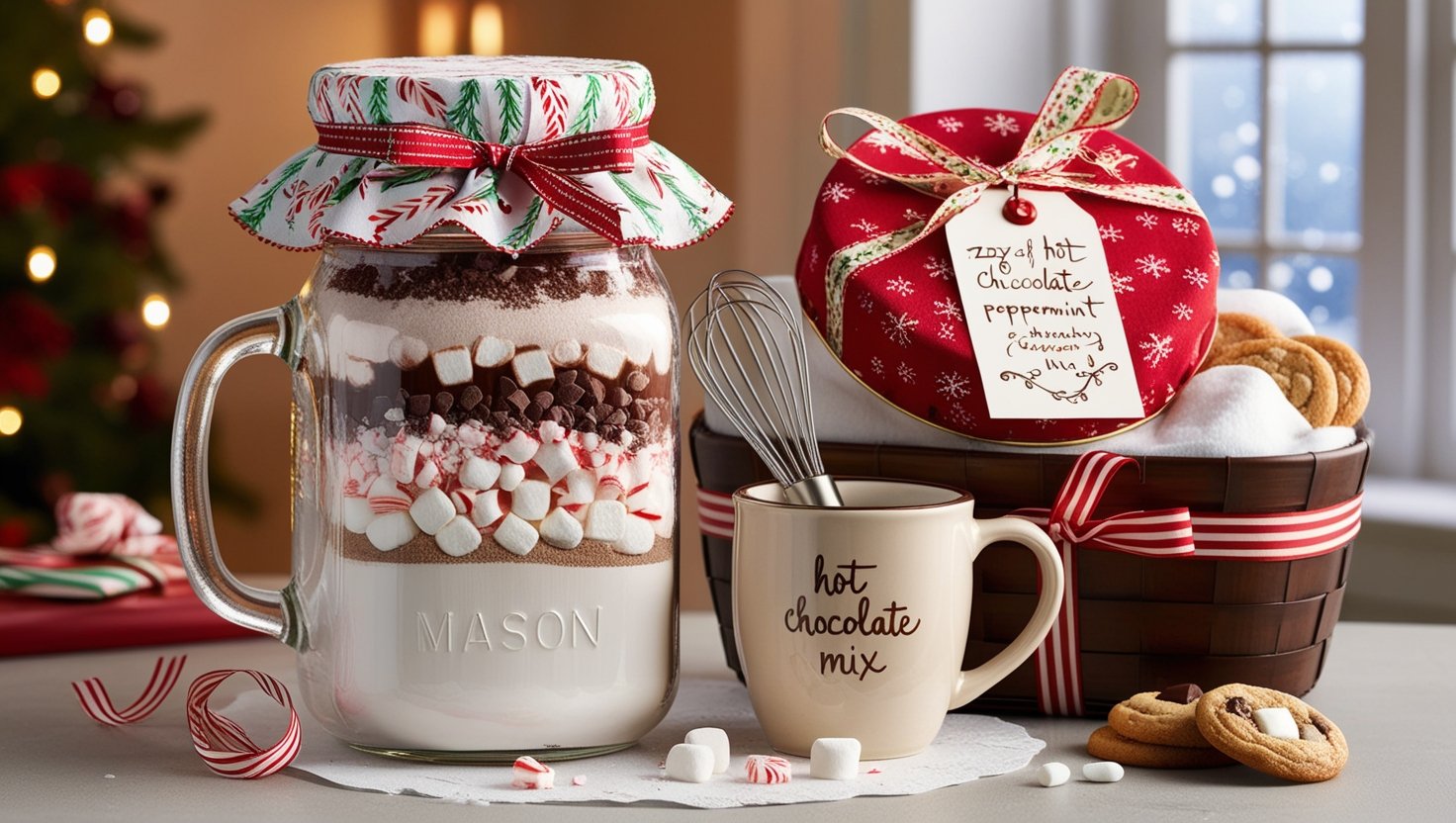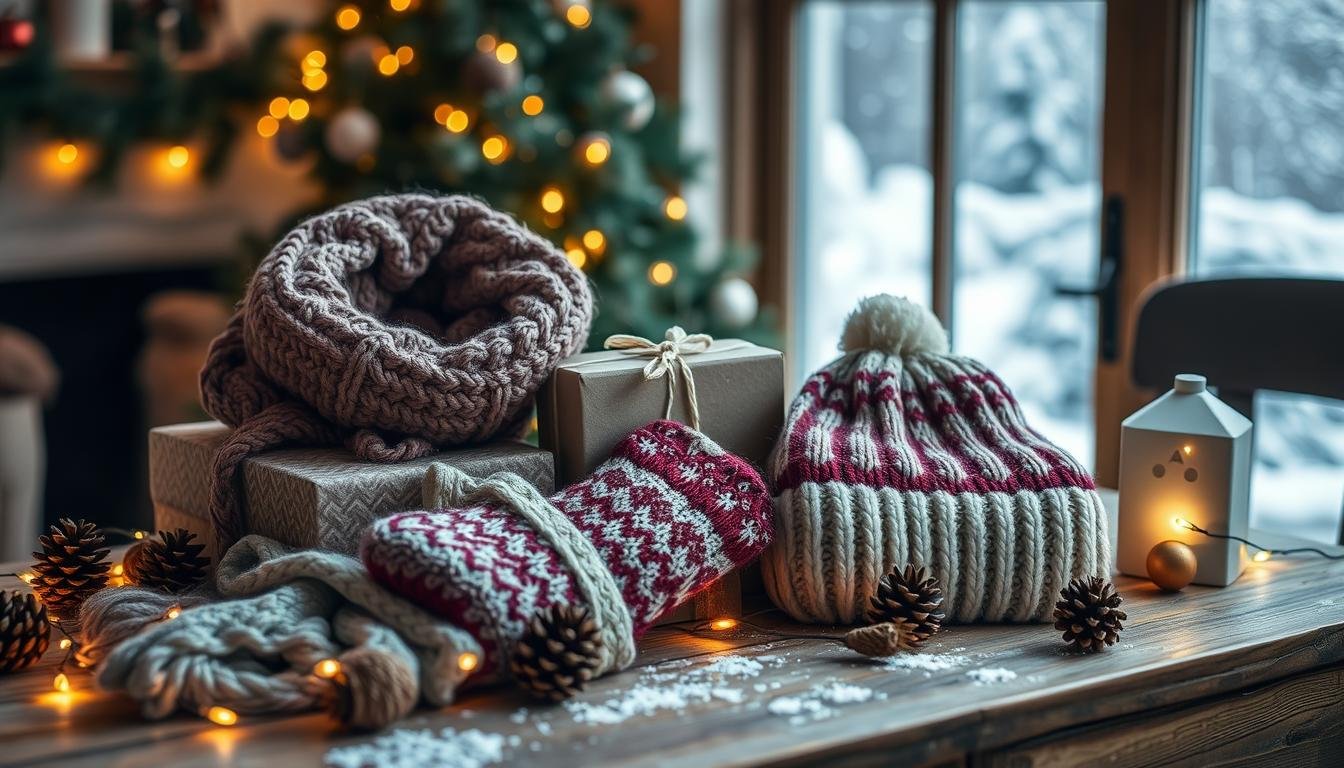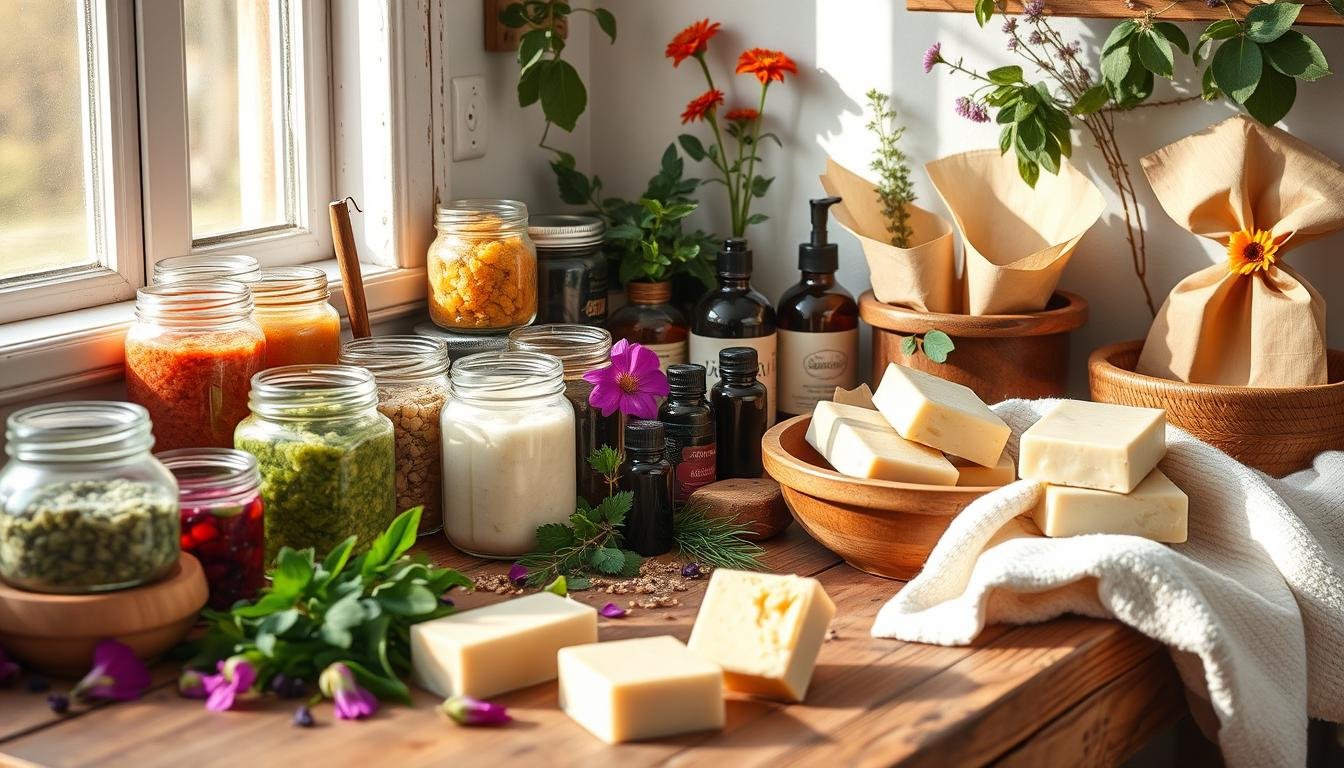
DIY Homemade Bath and Body Products – Natural Care Guide
I’ve struggled with sensitive skin and found many commercial products don’t work. I wanted a natural way to care for myself. Making your own bath and body products is empowering and rewarding. It lets you control your skin’s health and tailor products to your needs.
This guide will show you the DIY natural beauty world. You’ll learn the perks of making your own skincare, the tools and ingredients you need, and how to make various bath and body products. Let’s start nourishing your skin with nature’s best ingredients.
Key Takeaways
- Discover the benefits of creating your own natural bath and body products
- Learn about the essential tools and ingredients needed to get started
- Explore a variety of homemade recipes for luxurious skincare items
- Understand the importance of using high-quality, natural ingredients
- Gain confidence in customizing your personal care routine
Getting Started with Natural Bath and Body Products
Starting your journey in diy skincare and natural beauty recipes is exciting. First, learn about the tools, equipment, and basic ingredients you’ll need. It’s also key to know about safety and best practices for a smooth experience.
Essential Tools and Equipment
- High-quality mixing bowls and utensils
- Precision digital scale for accurate measurements
- Immersion blender or stand mixer for emulsifying ingredients
- Molds and containers for shaping and storing your creations
- Labeling supplies to identify your products
Basic Ingredients Guide
The heart of natural beauty recipes is in the ingredients. You’ll need:
- Carrier oils (e.g., coconut oil, jojoba oil, almond oil)
- Essential oils for fragrance and health benefits
- Butters (e.g., shea butter, cocoa butter) for creamy textures
- Emulsifiers to mix oil and water-based ingredients
- Natural preservatives to keep your products fresh longer
Safety Precautions and Best Practices
When you start making diy skincare, safety comes first. Always wear gloves and work in a well-ventilated area. Learn about the ingredients you use and their potential effects. Also, store and label your products well to keep them good and effective.
“Embracing the art of natural beauty recipes is a journey of self-care and exploration.”
Benefits of Making Your Own Skincare Products
Making your own skincare products has many advantages. It’s cost-effective and lets you customize your products. You can make organic body butters and natural cosmetics that fit your needs.
One big plus is saving money. Skincare products from stores can be pricey. But, making your own means you get luxury at a lower cost.
Another great thing is personalizing your products. You can make them for your specific skin type or scent preferences. This way, you get products that really work for you.
Lastly, making your own skincare means avoiding bad chemicals. You can use natural ingredients that are good for your skin. This helps keep your skin healthy and happy.
“Making your own homemade bath and body products is a game-changer. It’s cost-effective, customizable, and allows you to steer clear of questionable chemicals.”
If you want a better, more affordable skincare routine, try making your own products. It’s good for your wallet, your skin, and the planet.
Understanding Natural Ingredients and Their Properties
Making great natural beauty products starts with knowing your ingredients. Carrier oils, essential oils, and natural preservatives are all key. Each one is important for your homemade products to work well. Let’s explore the world of natural ingredients and their special qualities.
Carrier Oils and Their Uses
Carrier oils are the base of many natural beauty recipes. Oils like jojoba oil, coconut oil, and almond oil add moisture and nourishment. You can pick oils based on what you want, like argan oil for anti-aging or rosehip seed oil for brightening.
Essential Oils Selection Guide
Essential oils are the heart of natural beauty recipes. They range from calming lavender to refreshing peppermint. These plant extracts offer many benefits. Think about what you want, like relaxation or skin renewal. Try essential oil blends for unique natural beauty recipes.
Natural Preservatives and Stabilizers
- Use natural preservatives like vitamin E, rosemary extract, or grapefruit seed extract to keep your products safe and fresh.
- Stabilizers like beeswax or emulsifying wax help your products stay together and smooth.
Knowing about these natural ingredients will help you make amazing natural beauty recipes. They’ll nourish and refresh your skin and hair.
Homemade Bath and Body Products: A Complete Guide
Making your own bath and body products is fun and rewarding. It lets you create items that meet your specific skincare needs. You can make everything from luxurious soaps to refreshing scrubs and soothing bath bombs. This guide will show you many ideas for homemade bath and body products.
If you love DIY or are new to homemade bath and body products, you’ll find lots of inspiration here. You’ll learn about the benefits of natural ingredients and how to make your own spa products at home. It’s all about creating your own personalized spa experience.
Exploring the Versatility of Homemade Bath and Body Products
Homemade bath and body products have many advantages. By making your own, you can:
- Customize the ingredients to suit your skin type and preferences
- Avoid harsh chemicals and synthetic additives found in many commercial products
- Save money by using affordable, natural ingredients
- Enjoy the satisfaction of creating something unique and personalized
- Experiment with different scents, textures, and formulations
With a bit of creativity and the right skills, the options for homemade bath and body products and diy skincare are endless. Let’s explore the world of natural, customizable self-care solutions together!

“Homemade bath and body products are a wonderful way to indulge in a luxurious, personalized self-care routine that nourishes your skin and your soul.”
DIY Natural Soap Making Techniques
Making your own handcrafted soaps at home is rewarding and fun. You might want to make natural beauty recipes or just enjoy soapmaking. We’ll explore DIY natural soap making, including the cold process, melt-and-pour, and decorative techniques.
Cold Process Method
The cold process method is a traditional way to make soap. It mixes oils, lye, and natural ingredients to create a unique soap. This method lets you control the ingredients and the soap’s final look. By learning about cold process soap making, you can try different oil blends, colors, and scents to make your own handcrafted soaps.
Melt and Pour Basics
If you’re new to soapmaking, the melt-and-pour method is easy and quick. It involves melting a pre-made soap base and adding your favorite ingredients. This method is perfect for beginners who want to try natural beauty recipes and make handcrafted soaps without the cold process’s complexity.
Decorative Techniques
Make your homemade soaps stand out with decorative techniques. You can create swirling patterns, embed designs, or use molds and layering. There are many ways to add artistry to your handcrafted soaps. Let your creativity shine and make unique, beautiful soap creations.
“Homemade soap is not only a practical and cost-effective way to care for your skin, but it also allows you to express your creativity and connect with the art of soapmaking.”
Creating Luxurious Body Butters and Lotions
Take your self-care to the next level by making your own organic body butters and lotions. These products not only moisturize your skin but also let you use natural ingredients. This way, you can make your beauty routine truly yours.
Learn how to make body butters that feel amazing on your skin. They should melt in easily, leaving your skin soft and glowing. Also, discover the best mix of oils and butters for your skin type in homemade lotions.
Mastering the Art of Body Butter
Body butters are super moisturizing and feel like a treat for your skin. Begin with organic body butters like shea, cocoa, or mango. Then, add carrier oils like coconut, jojoba, or almond to get the right feel and benefits.
- Try essential oils to make your body butter smell unique
- Add natural exfoliants like ground oats or coffee for a scrub
- Chill your body butter in the fridge for a cool touch
Crafting Moisturizing Homemade Lotions
Lotions are a lighter option than body butters, great for everyday use. Begin with aloe vera gel or floral water. Then, mix in carrier oils, emulsifiers, and natural preservatives for a smooth lotion.
- Check out oils like argan, rosehip, or sweet almond
- Play with natural thickeners like vegetable glycerin or beeswax
- Add soothing ingredients like chamomile or lavender
Enjoy making your own body care products. You’ll love the feeling of having nourished, glowing skin.
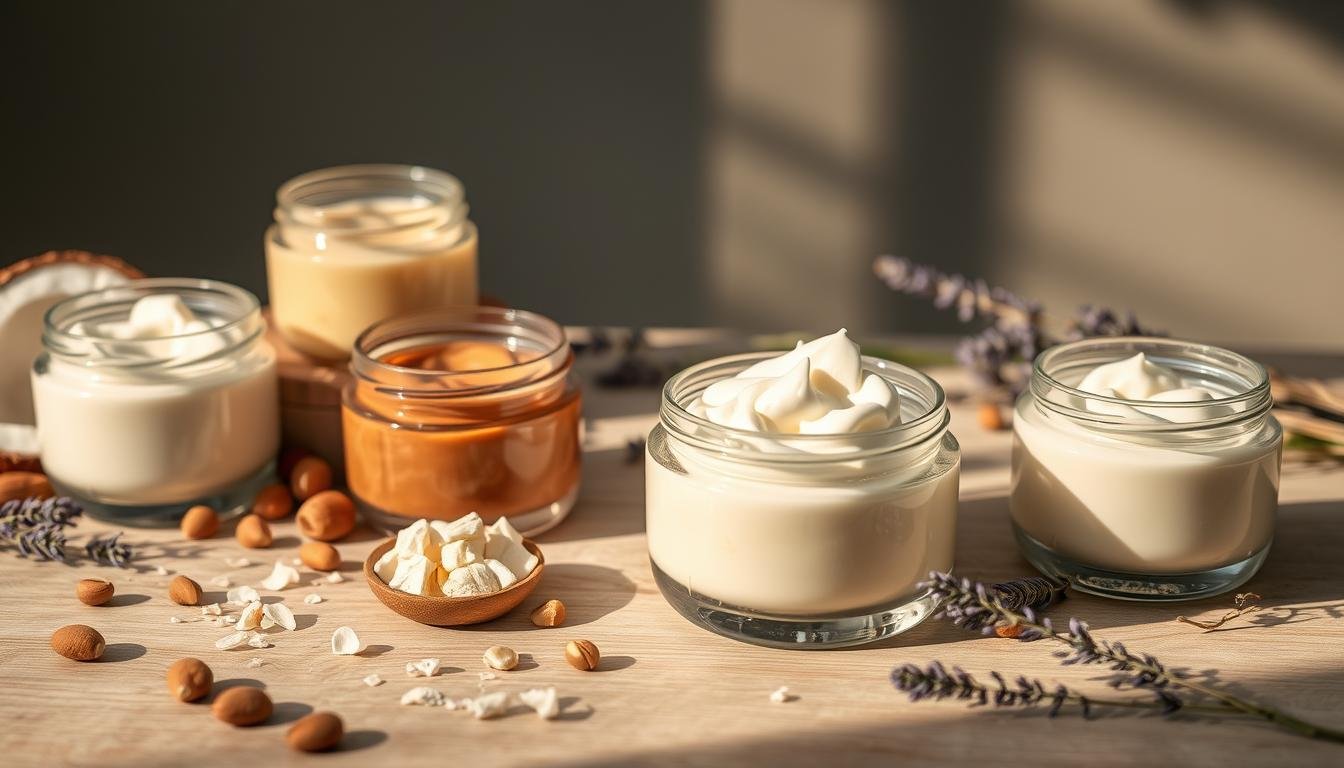
Essential Oil Blending for Custom Fragrances
Making your own essential oil blends opens up a world of personal scents for your homemade products. Learning the basics of blending is crucial for creating scents that are not just pleasing but also beneficial. Let’s dive into the art of blending essential oils to make your own custom aromatherapy products.
Fragrance Families
Essential oils fall into different fragrance families, each with its own unique smell. These families include floral, citrus, woodsy, herbaceous, and earthy. Knowing these families helps you mix oils to create blends that work well together. For example, mixing lavender with lemon creates a refreshing scent.
Therapeutic Benefits
- Essential oils do more than just smell good; they also have health benefits. Some oils calm, energize, or even lift your mood.
- Bergamot oil is calming, while peppermint oil is invigorating. Adding these oils to your blends can make your products not just smell nice but also good for you.
- Using these therapeutic oils in your blends can make your products both fragrant and beneficial for your health.
Blending Ratios
Getting the right blend of essential oils is all about the ratios. A basic blend might have 20-30% top notes (like citrus or mint), 40-50% middle notes (like floral or herbaceous), and 20-30% base notes (like woodsy or earthy). Try different ratios to find what you like best.
Let your creativity shine and explore the endless world of essential oil blending. Making custom fragrances for your homemade products is rewarding. It lets you create scents that are truly your own.
“The fragrance of essential oils can evoke emotions, memories, and a sense of well-being. Blending them is an art form that allows you to express your personal style and bring joy to those around you.”
Bath Bombs and Soaking Salts Recipes
Enhance your self-care with homemade bath bombs and soothing salts. These recipes are luxurious and good for your skin and mood. Turn your bathtub into a spa oasis.
Making bath bombs is about texture and scent. You’ll need baking soda, citric acid, essential oils, and colorants. Mix well, shape, and watch it fizz in the water.
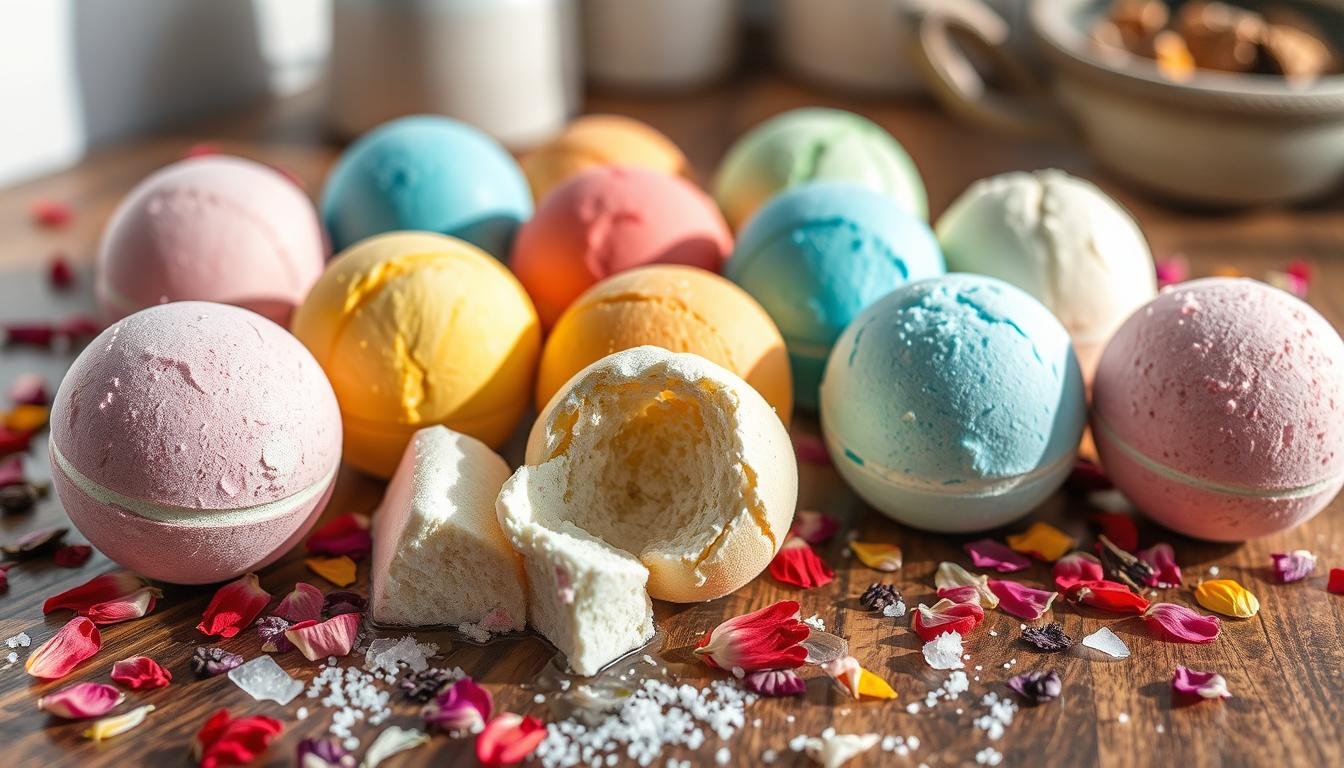
For a calming soak, make natural salts. Use Epsom, Himalayan, or Dead Sea salt. Add essential oils like lavender for a relaxing bath.
Choose between fizzy bath bombs or calming salts for your self-care. Try different scents and textures for a unique spa experience at home.
- Gather your ingredients: baking soda, citric acid, essential oils, and natural colorants.
- Mix the dry and wet components carefully to achieve the desired texture.
- Mold the bath bomb mixture into your preferred shapes and allow to dry.
- For soaking salts, choose from Epsom, Himalayan, or Dead Sea salt.
- Infuse the salts with relaxing essential oils for a soothing soak.
“A relaxing bath is the ultimate way to unwind and pamper yourself. With these natural beauty recipes, you can create a spa-like experience in the comfort of your own home.”
Discover the luxury of natural ingredients with homemade bath bombs and salts. Enjoy these bath bombs and natural beauty recipes for a rejuvenating treat.
Natural Lip Care Products and Balms
Make your lip care routine better with homemade, natural lip balms. You can pick the ingredients, flavors, and colors you like. This guide will show you how to make lip balms that are good for your lips using natural stuff.
Base Ingredients Selection
The base of a lip balm is key. You can use:
- Beeswax – It gives your lips a protective layer.
- Shea butter – It deeply moisturizes and conditions your lips.
- Coconut oil – It adds essential fatty acids to soften your lips.
- Jojoba oil – It hydrates and soothes your lips like your skin’s natural oil.
Try different mixes of these ingredients to find what works best for you.
Flavor and Color Options
Add natural flavors and colors to your lip balms. Use essential oils like peppermint or vanilla for scents. For color, try adding a bit of:
- Cocoa powder for a light tint
- Beet root powder for a bright pink
- Spirulina for a green balm
| Natural Lip Balm Ingredient | Benefits |
|---|---|
| Beeswax | Provides structure and a protective barrier for lips |
| Shea Butter | Deeply moisturizes and conditions the delicate skin on lips |
| Coconut Oil | Delivers essential fatty acids to nourish and soften lips |
| Jojoba Oil | Mimics the skin’s natural sebum to hydrate and soothe lips |
Enjoy making your own lip balms with natural ingredients. Try different formulas and add flavors and colors to keep your lips healthy and pretty.
Packaging and Storage Solutions
Make your homemade bath and body products stand out with creative packaging. Look into eco-friendly options like reusable glass jars and bamboo containers. These can highlight your unique skincare creations. Add high-quality labels and personal touches to make your products pop.
Storing your products right is crucial for their quality and life span. Keep essential oils and carrier oils in dark, airtight bottles to avoid oxidation. Store creams and lotions in a cool, dry spot, away from sunlight. Use airtight containers to keep them fresh and prevent contamination. With the right storage, your homemade products will stay fresh for your loved ones.
Showcase your diy skincare creations with pride. Your homemade bath and body products are natural and nourishing. They will bring joy to those you care about.
FAQ
What are the essential tools and equipment needed for making homemade bath and body products?
What are some of the basic ingredients used in natural skincare recipes?
What safety precautions should I take when making homemade bath and body products?
What are the benefits of making your own skincare products?
How do I choose the right carrier oils and essential oils for my homemade products?
What are some popular types of homemade bath and body products I can make?
What are the different soap-making techniques I can use?
How do I create unique fragrance blends using essential oils?
What are some tips for properly packaging and storing my homemade bath and body products?


